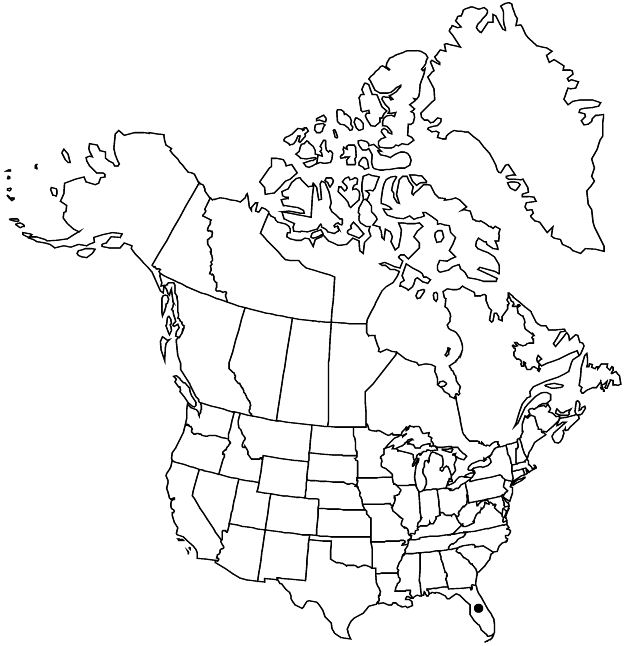Difference between revisions of "Euphorbia pinetorum"
J. Arnold Arbor. 48: 403. 1967.
FNA>Volume Importer |
FNA>Volume Importer |
||
| Line 60: | Line 60: | ||
|publication year=1967 | |publication year=1967 | ||
|special status=Endemic;Conservation concern | |special status=Endemic;Conservation concern | ||
| − | |source xml=https://jpend@bitbucket.org/aafc-mbb/fna-data-curation.git/src/ | + | |source xml=https://jpend@bitbucket.org/aafc-mbb/fna-data-curation.git/src/f50eec43f223ca0e34566be0b046453a0960e173/coarse_grained_fna_xml/V12/V12_461.xml |
|genus=Euphorbia | |genus=Euphorbia | ||
|section=Euphorbia sect. Poinsettia | |section=Euphorbia sect. Poinsettia | ||
Revision as of 19:53, 16 December 2019
Herbs, perennial, with thickened, woody taproot. Stems erect, 30–100 cm, glabrous; branches ± straight. Leaves usually alternate, occasionally opposite proximally; petiole 0–1.5 mm, glabrous; blade narrowly lanceolate to linear, base long-attenuate, 30–120 × 2.5–5 mm, margins usually entire, occasionally with few inconspicuous teeth, revolute, apex narrowly acute, surfaces glabrous; venation obscurely pinnate, midvein prominent. Cyathial arrangement: terminal monochasial or dichasial branches 1–2, unbranched; pleiochasial bracts 2–3, often whorled, wholly purpurescent green or pink at base, similar in shape and size to distal leaves or slightly narrower; dichasial bracts highly reduced. Cyathia: peduncle 1.5–3 mm. Involucre campanulate, 1.5–1.9 × 1.4–1.7 mm, glabrous; involucral lobes divided into broad, triangular segments; glands 3(–5), red to purple, sessile and broadly attached, 0.8–1.1 × 1.2–1.6 mm, opening oblong (flattened without pressing), without annular rim, glabrous; appendages absent. Staminate flowers 8–12. Pistillate flowers: ovary glabrous; styles 1.5 mm, 2-fid nearly entire length. Capsules purpurescent, depressed-globose, 2.8–3.2 × 3.6–4 mm, 3-lobed, glabrous; columella 2.6–2.9 mm. Seeds dark brown, cylindric-ovoid to ovoid, rounded in cross section, 2.1–2.4 × 2 mm, uniformly low-tuberculate, tubercles in median, transverse ridge; caruncle absent.
Phenology: Flowering and fruiting year-round.
Habitat: Sandy soils in pinelands.
Elevation: 0–10 m.
Discussion
Euphorbia pinetorum has a restricted distribution in southern peninsular Florida, primarily in Miami-Dade and Monroe counties. The species is very similar to narrow-leaved forms of the closely related E. cyathophora but differs in its perennial habit, consistently unlobed leaves, and purpurescent involucral glands and cyathia.
Selected References
None.
